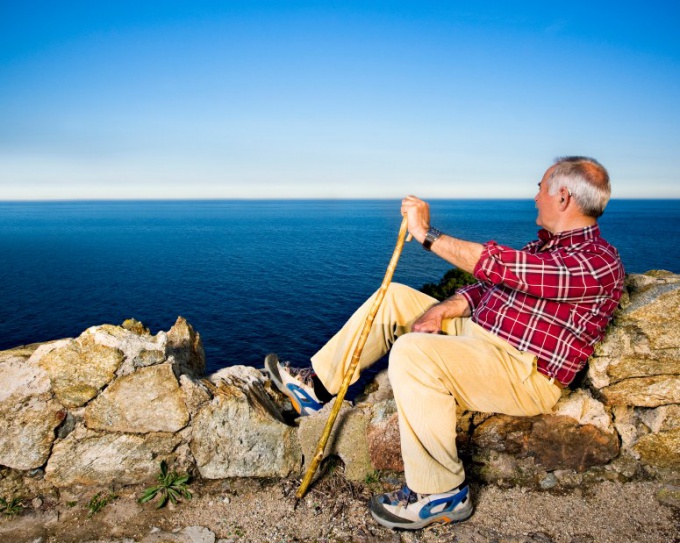Instruction
1
For successful rehabilitation after stroke from the patient and from the one who assists him will require a lot of effort and patience. Not everyone has the opportunity to visit a good rehab center where patient will be provided with competent medical care, or to purchase complicated and expensive equipment. But with the right attitude and hard work possible to return to normal rhythm of life of the patient can at home. The simplest "machines" will become the most common household things, handling of which has recently been the most common.
2
Start of rehabilitation should be as early as possible, immediately after the completion of medical treatment and restoration of normal cerebral blood flow and blood pressure. In any case the patient should not get used to the recumbent way of life. You must first learn to sit, just to be on the bed, then placing her legs on the floor. Initially the patient may not cope on their own with these actions, need help. Gradually to cope with this task will be easier. Every day should be more of a challenge to pull his legs out of bed, try to "go browsing", that is to cross the feet on the floor.
3
Start up and walk should be under the supervision of the caregiver — take the first steps and even keep yourself upright will be very difficult. Assistance will be to support the patient with the affected side. The main difficulty, both physical and psychological, lies in the fact that the sensitivity in this direction is very low, which creates discomfort and does not move his arm and leg. This will have to accept, because such feelings can remain for a long time. The main thing — to learn to move my leg and hand.
4
The main task at the beginning of the movement — to learn how to bend the affected leg in all joints, to hold it in the correct position. To facilitate coordination, possible on the floor to mark the place stop, to outline on the floor of the footprints, which the patient will put the leg — this will help control stride length. In order that the patient did not forget to fix the foot at the ankle joint and not catch a foot over the floor, between the "tracks" you can put small obstacles, first pencil, then large subjects.
5
Having mastered the movement with the assistant, you can attempt to move yourself, but with reliable support. This can be a special cane with armrest and preferably four legs. Required and comfortable shoes with a wide and low heel, fitting tight to the leg, preferably the locking of the ankle joint. Further recovery of motor function depends largely on the patient, his perseverance and desire to start walking.
Note
Very important in the recovery period is given a positive attitude, belief in success and understanding of loved ones. In humans, stroke can be affected not only motor movements, the disease changes in nature. Attention to his problems, help and faith in his power can do miracles, unavailable medicine.
Useful advice
We should not forget about such necessary things as massage, exercise — all focused on the most effective development of the affected muscles. You must also do exercises, which involved whole-body — it will help you to manage all the groups of muscles that will have a positive impact on the brain.
